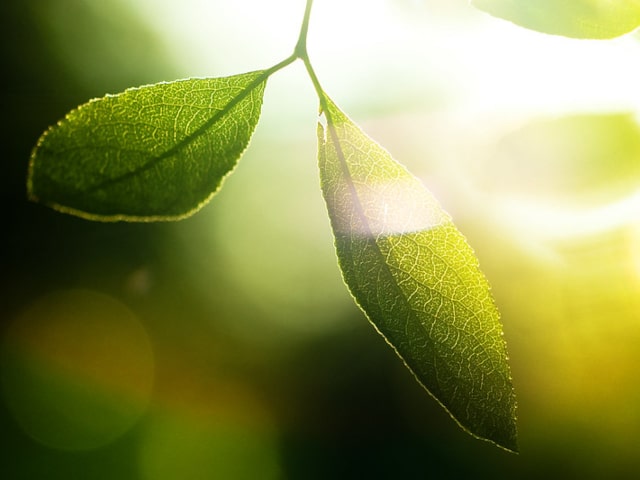
There are three dimensions (or qualities) of plant light. You will enjoy your plants more and you will be able to provide a much better care to them if you understand these lighting dimensions, types of plants grown and how these factors work together.
There are 4 basic elements affecting plants' growth:
- Light
- Heat
- Water
- Food
Many home gardeners know at least basic information about the effects water, food and heat have on plants. However, most of them know much less about the effects of the light for plants. For example, if a plant doesn't flower many people will "blame" the plant or will think there was something wrong with the watering regime or feeding. However, a very common reason for plants not flowering is inadequate amount of light. A plant can fail to flower if it receives too much or too little light. This is something all gardeners need to know, and it's just one of the aspects of light gardeners need to understand.
Light Dimensions (Qualities)
As mentioned above, light has 3 dimensions or qualities. All of them are important for the plant growth and development.
The first dimension (quality) is photoperiod: the length of the day. Most plants stop growing when the days are shortened to less than eight hours. Anything under 11 hours is considered a short day for plants. A long day lasts for 13 hours and more.
The second dimension (quality) is light intensity. Plants vary in their requirements for the light intensity. This is particularly true for light intensity needed for flowering: many plants have very specific requirements for flowering.
The third dimension (quality) is light composition. Plants use only the visible end of the spectrum. Within this spectrum, it's important to know which end (blue or red) promotes which kind of growth in plants and what kind of artificial lights should be used for plants indoors.
Three Lighting Classes of Plants
There are 3 classes of plants when it comes to light requirements.
- First: these are plants able to make vegetative or green growth during short days. These plants flower during long days. Typical examples of this type of plants are annual asters and scabiosa.
- Second: these are plants which are indifferent to day length, as long as it's over 8 hours. Typical examples of this type of plants are African violets and roses.
- Third: these are plants which make vegetative growth during long days but flower during short light days. Typical examples of this type of plants are poinsettias and chrysanthemums.
These different groups explain why some plants bloom only in spring, others bloom regardless of the time of the year and some don't flower before the fall months.
As a rule, plants don't produce beyond their natural growth pattern, unless artifical lighting is provided. Take Chinese cabbage for example. Some gardeners plant this vegetable in the spring, in hopes of having edible heads in mid-summers. However, this is not possible, simply because Chinese cabbage is a long-day plant. If you plant it in the spring, it will come to maturity during the short nights of May and June. It will send up a flower stalk without heading. However, if you plant it in the beginner of summer, when days begin to decrease in length, the plant will reach maturity by early September. The nights during this period will be long enough to prevent flowering and the plant will form heads.
The opposite is true for chrysanthemum, a short-day plant. These plants won't start forming buds until late in summer, when the nights are lengthening. There are actually 3 types of chrysanthemums, and they all need different relationship of day-length and temperature. It's one of the reasons why their flowering season varies between types.
Also, it's important to note that plants growing in an open field, where they can receive light from all sides, flower later than those in gardens, where they are shaded for part of the day. This shade will shorten the day length, be it in the morning or in the evening hours.
Light Intensity Requirements
Another thing that needs to be taken into account is light intensity. Plants vary greatly when it comes to the light intensity they need.
There are some topical plants (including some houseplants, such as aspidistra) can survive under very dim light, even as dim as 50 foot candles. Other plants need a much stronger light intensity to thrive.
Light intensity is very important for flowering. Plants often have very specific requirements for light intensity needed for flowering. Even a small change (as little as one foot candle) can trigger a reaction and prevent a plant from flowering. It will typically depend on whether it's a long or short day plant. For example, there are some plants that need 7,000 or more foot candles to flower so they can only do it in the full sun.
For example, variations in light intensity (as well as day length) are important for the flowering of chrysanthemums. Sometimes in the autumn, the early morning mists will cut down the intensity of light (as well as the duration of the day), which will trigger these plants to flower early. In the case of a drought, there will be very little moisture to produce morning mists. With little or no clouds in the sky, the intensity of light (as well as duration of the day) will increase. This will prevent chrysanthemums from flowering satisfactorily.
It should be emphasized that many plants are very sensitive to light requirements. In order to make a plant bloom, it's important to ensure the appropriate amount of light. Sometimes, objects such as tall buildings or trees will reduce morning and evening light intensity enough to prevent plants from flowering.
Light Composition
It's important to know that only the visible spectrum of light is useful to plants. They don't respond to invisible light rays in the ultra violet range. The invisible red ranges are actually heat.
Light composition outdoors is usually not a problem. Plants grown indoors, however, might have certain problems because of inadequate light composition. Artificial lights can be used to provide plants with the type of light composition they need.
Either fluorescent or incandescent lights can be used indoors for growing plants, though the combination is the best. White fluorescent lights supply plants with the blue end of the spectrum while the incandescent lights supply them with red lacking in the colder light.
Normal growth of leaves and flowers is stimulated by the blue end of the spectrum. The red end of the spectrum is good for root growth.
If you want to root cuttings under the artificial light it's best to use the warm white or soft white fluorescent tubes because they have more of this red quality. Using incandescent light is not recommended for cuttings because it is too excessive.
Photo credit: Andreas Levers
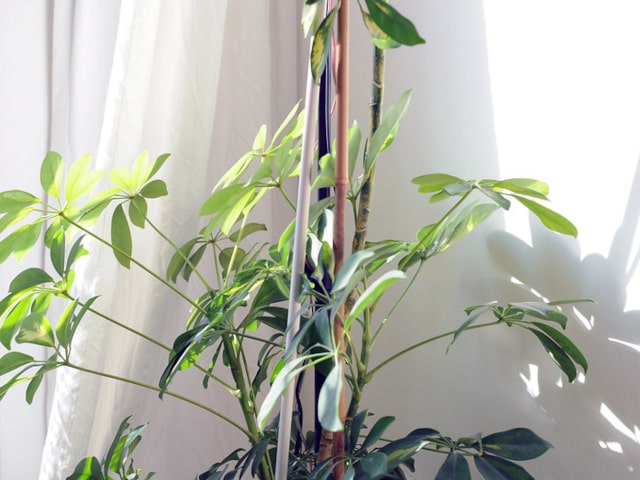
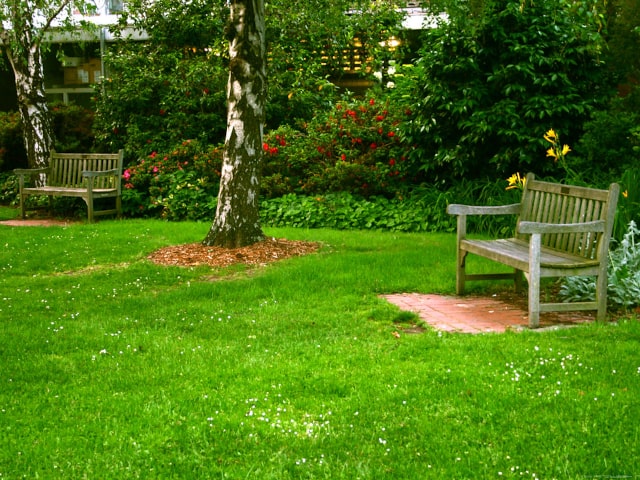
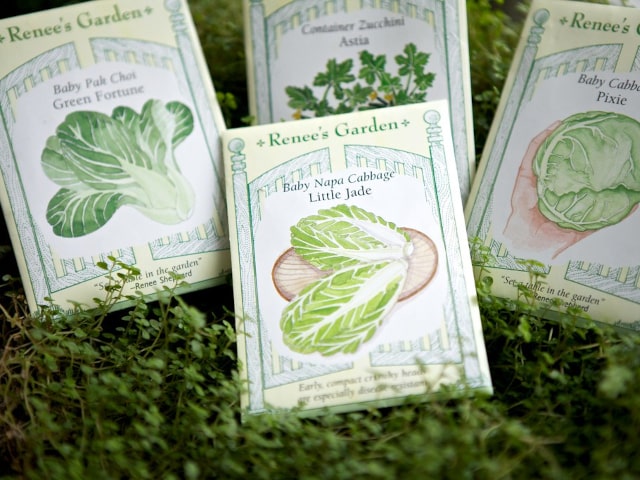
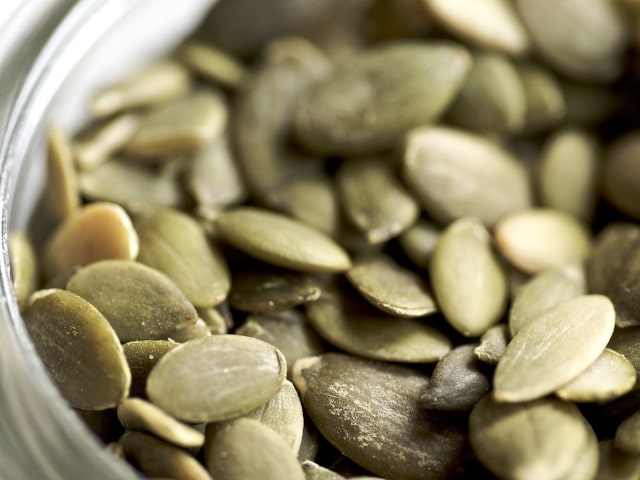
0 Comments